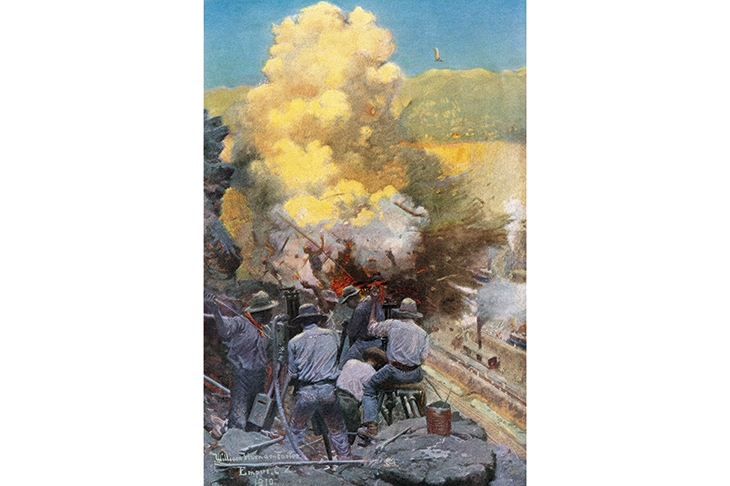There is nothing new about Latin America’s fractious relationship with her northern neighbour. In 1900 the Uruguayan writer José Enrique Rodó published an essay in which he pitted the spiritual in the form of Latin civilisation (Ariel) against the utilitarianism and materialism of the United States (Caliban). Ariel may have been an overblown image but, by trying to construct a pan-Latin American identity, it changed the way Latin Americans thought about themselves.
Only two years earlier the Spanish defeat at the hands of the United States in Cuba had hardened the continent’s intellectuals against what they saw as North American aggression. When the United States helped Panama secede from Gran Colombia, Rodó called it ‘an international policy of usurpation and plunder’. He was not wrong. There was of course a vested interest for the United States in having this narrow isthmus between North and South America become independent: the construction of the Panama Canal.
The isthmus of Darién had defeated a succession of Spanish explorers, including Christopher Columbus on his final voyage, before Vasco Nuñez de Balboa became the first European to cross that strip of land to the Mar del Sur (South Sea). This favourable quirk of geography turned what might otherwise have been a jungle backwater into an international hub. As Marixa Lasso states early on in this stimulating, though at times overly academic, investigation into the socio-economic effects of the man-made waterway, ‘global trade and global labour had been at the centre of Panama’s economy since the 16th century’.
In the 1820s, a French explorer noted the sophistication of the local inhabitants in terms of taste and the abundance of imported goods from the United States. By the late 19th century, the region’s ports had become the beneficiaries of modern technology and communications, either at the same time or shortly after their adoption by North America and Europe.








Comments
Join the debate for just £1 a month
Be part of the conversation with other Spectator readers by getting your first three months for £3.
UNLOCK ACCESS Just £1 a monthAlready a subscriber? Log in